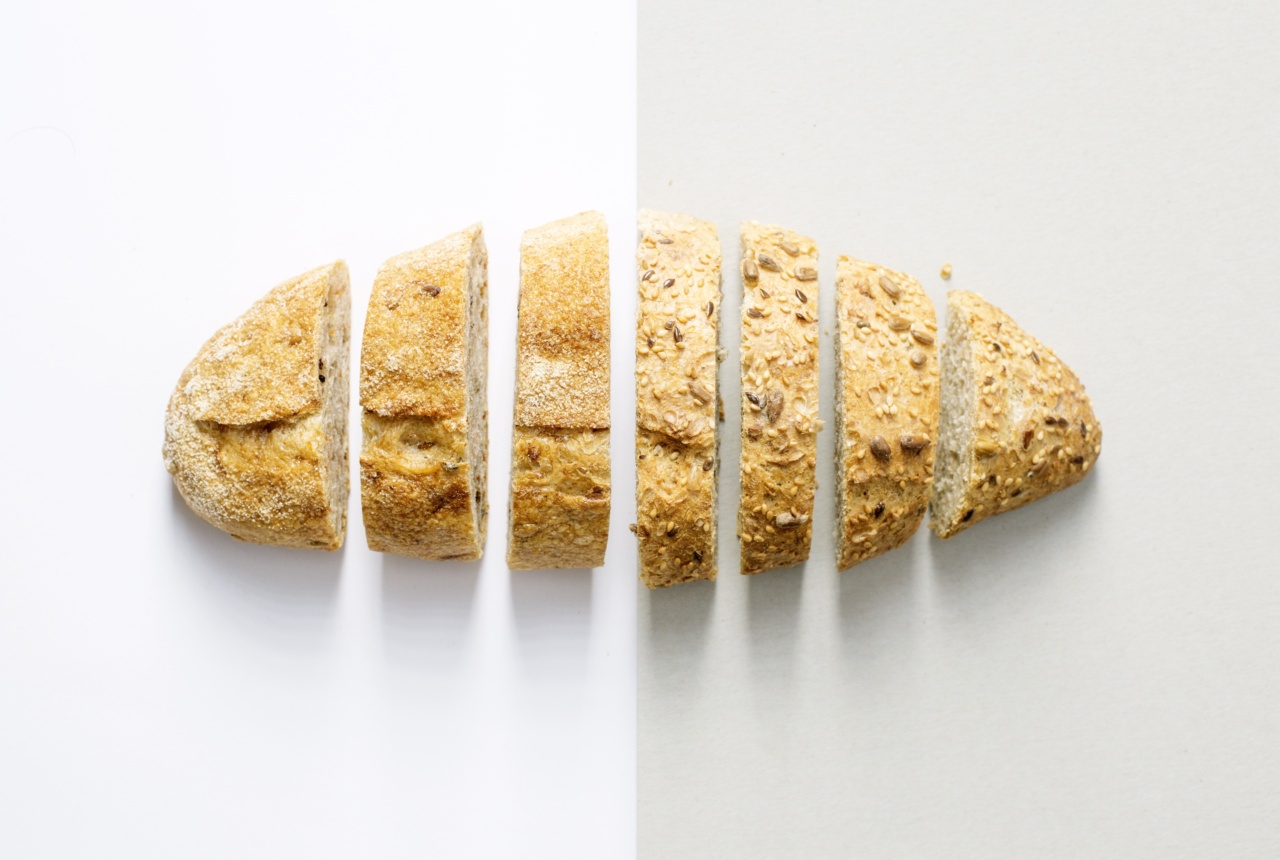Wheat is one of the most widely consumed cereal grains in the world, and it plays a crucial role in our daily diet. From bread to pasta, wheat-based foods are staples in many cultures.
But have you ever wondered what makes wheat unique and how its DNA unlocks the secrets of bread? In this article, we will delve into the fascinating world of wheat DNA and explore its importance in the production of bread.
The Genetic Makeup of Wheat
Wheat, scientifically known as Triticum, belongs to the Poaceae family. It is an annual grass that originated from wild grasses in the Fertile Crescent of the Middle East.
Over time, humans selected and cultivated wheat varieties with desirable traits, resulting in the development of different species and subspecies of wheat.
The DNA of wheat is complex and consists of three separate genomes, designated as A, B, and D.
These genomes make wheat an allohexaploid, meaning it inherits genetic material from three different species – Triticum Urartu (A genome), Aegilops speltoides (B genome), and Aegilops tauschii (D genome). Each genome represents a different ancestor of modern wheat, and their combination has resulted in the unique characteristics of this cereal grain.
Unraveling the Secrets of Bread
Bread is a staple food in many cultures, and its production has evolved over thousands of years. Understanding the wheat DNA is crucial in unlocking the secrets of bread, as it determines the qualities of wheat that are essential for bread making.
Protein Composition and Bread Quality
One of the key factors influenced by wheat DNA is the protein composition of the grain. Wheat proteins can be divided into two main groups: gliadins and glutenins.
Glutenins contribute to the strength and elasticity of the dough, while gliadins are responsible for its extensibility.
The ratio of these proteins and their specific characteristics are determined by the wheat DNA, and they directly impact the quality of bread.
Proper gluten development ensures that bread dough can rise properly and achieve the desired texture and structure.
Gluten Sensitivity and Wheat DNA
Gluten sensitivity or intolerance has become a growing concern in recent years. It is a condition that causes adverse reactions in individuals who are sensitive or intolerant to gluten, a composite of proteins found in wheat and related cereals.
Research has shown that specific parts of the wheat DNA are responsible for triggering gluten intolerance.
By understanding these genetic components, scientists aim to develop wheat varieties with reduced gluten content or alternative grains that are safe for individuals with gluten sensitivity.
Genetic Modification and Wheat
Genetic modification (GM) techniques have also been employed to study and alter the wheat DNA.
Through genetic engineering, scientists have been able to introduce desirable traits into wheat, such as disease resistance, enhanced nutritional content, and improved yield.
However, GM wheat remains a controversial topic, and its commercial cultivation is limited in many countries.
The debate surrounding GM crops revolves around concerns regarding food safety, environmental impacts, and the potential for genetic contamination of non-GM crops.
Disease Resistance and Wheat DNA
Wheat is susceptible to various diseases caused by pathogens, pests, and fungi.
By understanding the wheat DNA, scientists can identify genetic markers associated with disease resistance, making it possible to develop wheat varieties that are resistant to specific diseases.
This knowledge is crucial for the sustainable cultivation of wheat, as it reduces the reliance on chemical pesticides and promotes a healthier agricultural ecosystem.
The Future of Wheat DNA Research
Understanding the wheat DNA and unraveling the secrets of bread is an ongoing process. Research in this field continues to expand our knowledge and has the potential to revolutionize wheat production and bread making.
Advancements in DNA sequencing technology allow scientists to analyze the entire wheat genome more efficiently.
This deeper understanding of the wheat DNA can lead to the development of improved wheat varieties with enhanced nutritional value, better baking qualities, and improved sustainability.
Conclusion
Wheat DNA holds the key to unlocking the secrets of bread. Through centuries of cultivation and genetic selection, humans have transformed wild grasses into the wheat we know today.
By understanding the complex genetic makeup of wheat, we can improve bread quality, develop disease-resistant varieties, and address concerns related to gluten sensitivity. Ongoing research in this field promises a future where bread is not only a staple food but also a product of scientific innovation.






























